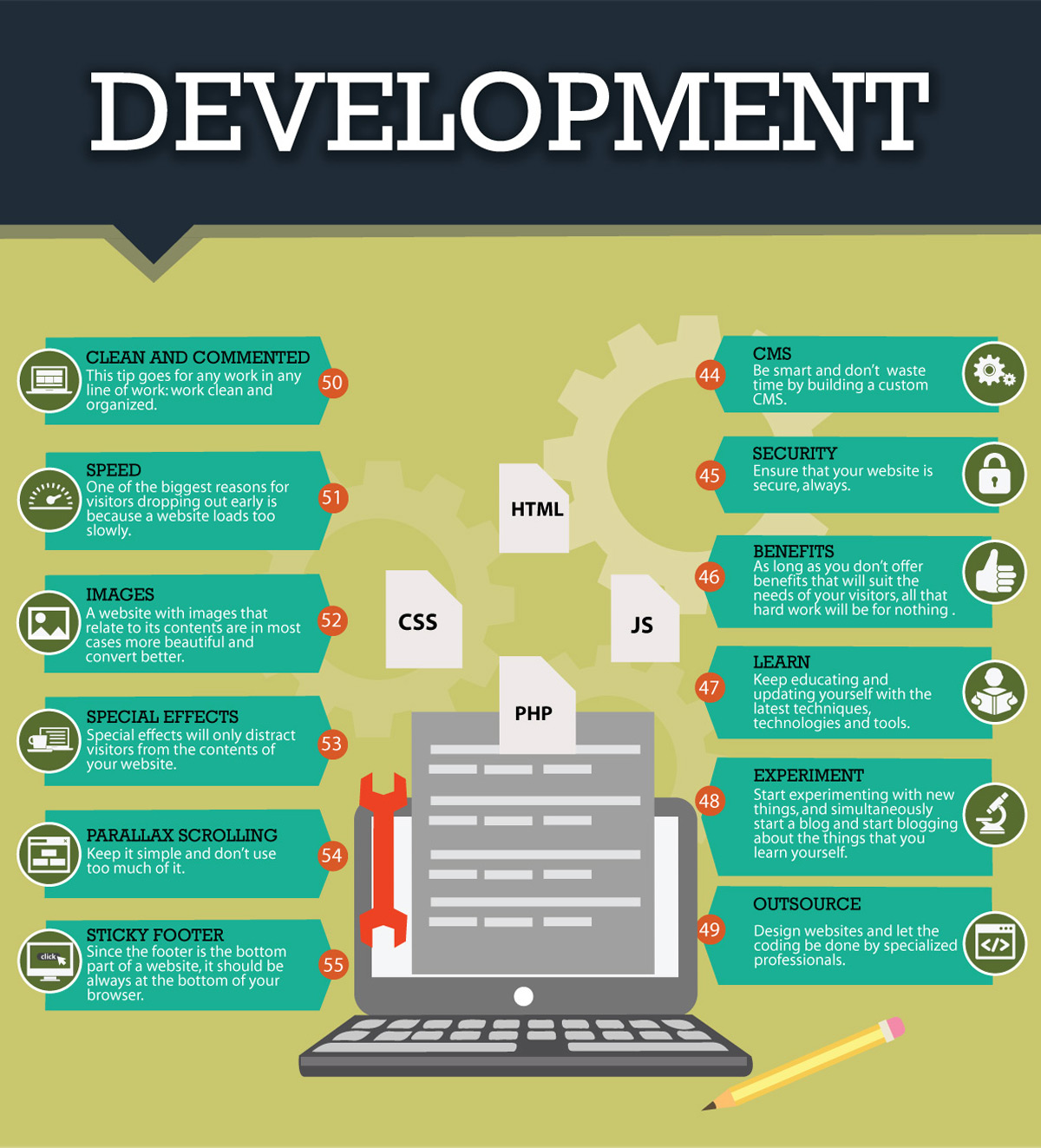Website Layout Fundamentals: Tips For Structure A User-Friendly Site
Website Layout Fundamentals: Tips For Structure A User-Friendly Site
Blog Article
Published By-Le Skinner
When it concerns site style, making sure user-friendliness is crucial. From responsive design to streamlined navigation, every aspect plays a critical role in producing a site that deals with your audience's needs. Yet what regarding the better information that can make or damage a customer's browsing experience? Remain tuned as we uncover some often-overlooked tips that can boost your site's usability to the following level, making it genuinely stand out in the electronic landscape.
Value of Responsive Design
Responsive design is an essential aspect of modern-day internet site growth. Guaranteeing your website is responsive ways that it can adjust to different screen sizes and devices, providing a seamless experience for customers.
With the enhancing use of mobile phones and tablet computers to access the web, having a responsive design is essential for reaching a broader audience. It aids in enhancing individual experience by making your site easy to navigate and read on any kind of tool.
In addition, receptive style can positively impact your online search engine positions, as internet search engine like Google focus on mobile-friendly sites. By having a responsive layout, you're also future-proofing your website, as new gadgets with varying screen sizes continue to arise.
Simplify Navigation Framework
To improve individual experience and promote simple access to details on your site, improving the navigation framework is critical. When making your site, focus on creating a clear and intuitive navigation food selection that assists visitors find what they're trying to find swiftly.
Limit https://solutionsreview.com/marketing-automation/the-13-best-digital-marketing-books-you-should-read/ of food selection items to the essentials, organizing relevant pages together to avoid overwhelming users. Use detailed link web page that plainly show the content of each web page, making it simpler for individuals to understand where each link will take them.
Think about carrying out dropdown menus for subcategories to prevent cluttering the primary navigation bar. Furthermore, consist of a search bar plainly on the page for customers who favor looking for specific information.
Prioritize mobile responsiveness in your navigating design to ensure easy gain access to on all gadgets.
Optimize Web Page Tons Rate
Improving page tons speed is important for keeping visitors on your website. Slow-loading pages annoy users and can lead to high bounce prices. To optimize page lots rate, beginning by optimizing photos. Compress pictures without compromising quality to reduce their file dimensions.
Furthermore, enable internet browser caching to save regularly accessed resources locally, quickening load times for returning site visitors. Minify CSS, JavaScript, and HTML documents by eliminating unnecessary personalities, comments, and formatting, boosting load speed.
Take into consideration utilizing a content delivery network (CDN) to distribute your site's web content throughout several web servers worldwide, reducing latency for users accessing your website from different locations. Finally, restrict the use of third-party scripts and plugins, as they can substantially impact load times.
Conclusion
Finally, by including responsive layout, streamlining navigation, and optimizing web page load speed, you can create a straightforward internet site that appeals to a bigger audience and boosts customer experience. These essential elements ensure that site visitors can quickly gain access to and navigate your website throughout various gadgets, bring about enhanced interaction and complete satisfaction. By concentrating on these crucial aspects, you can construct an effective site that keeps individuals coming back for more.
